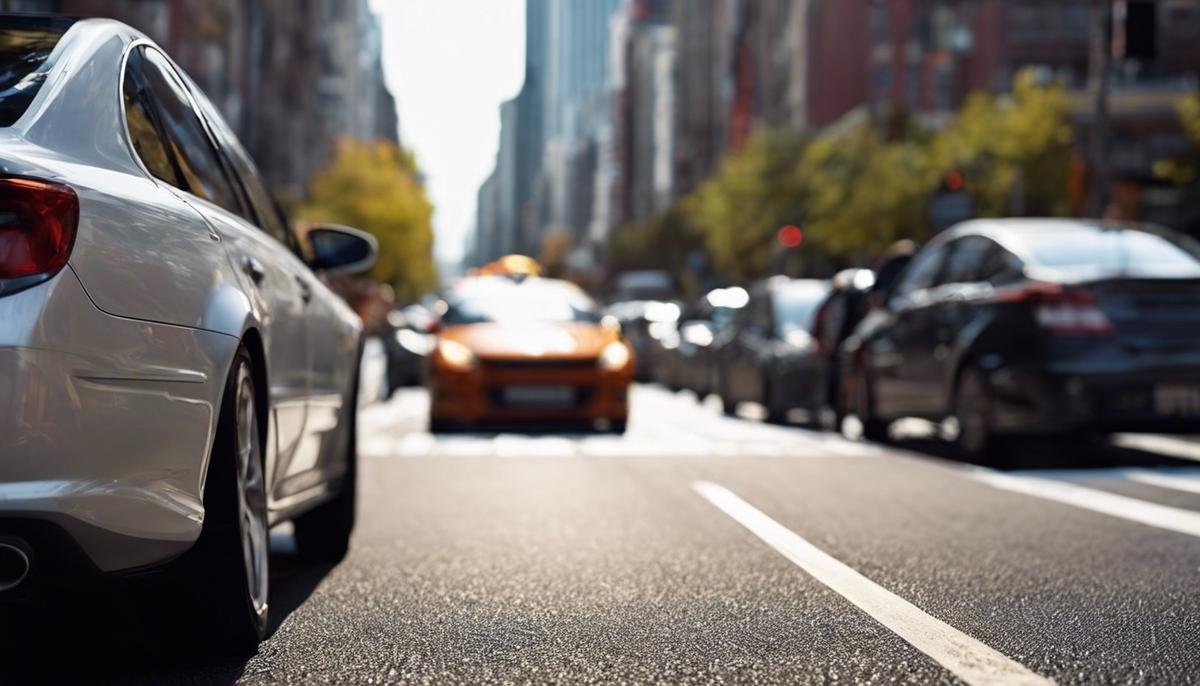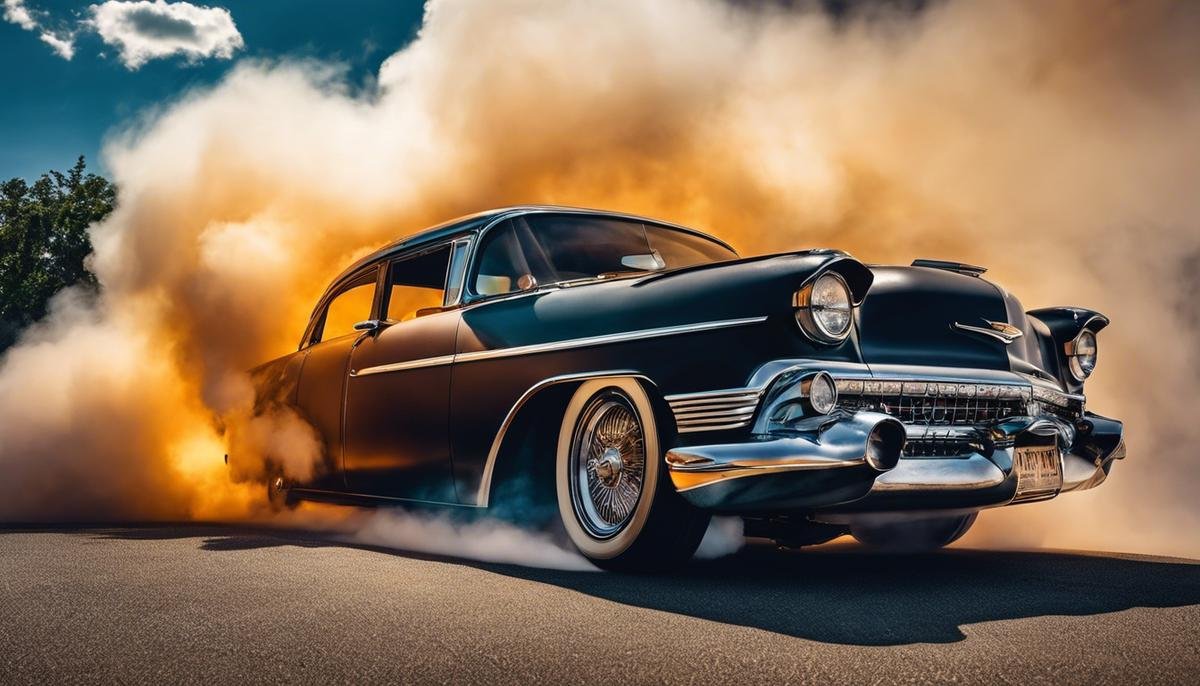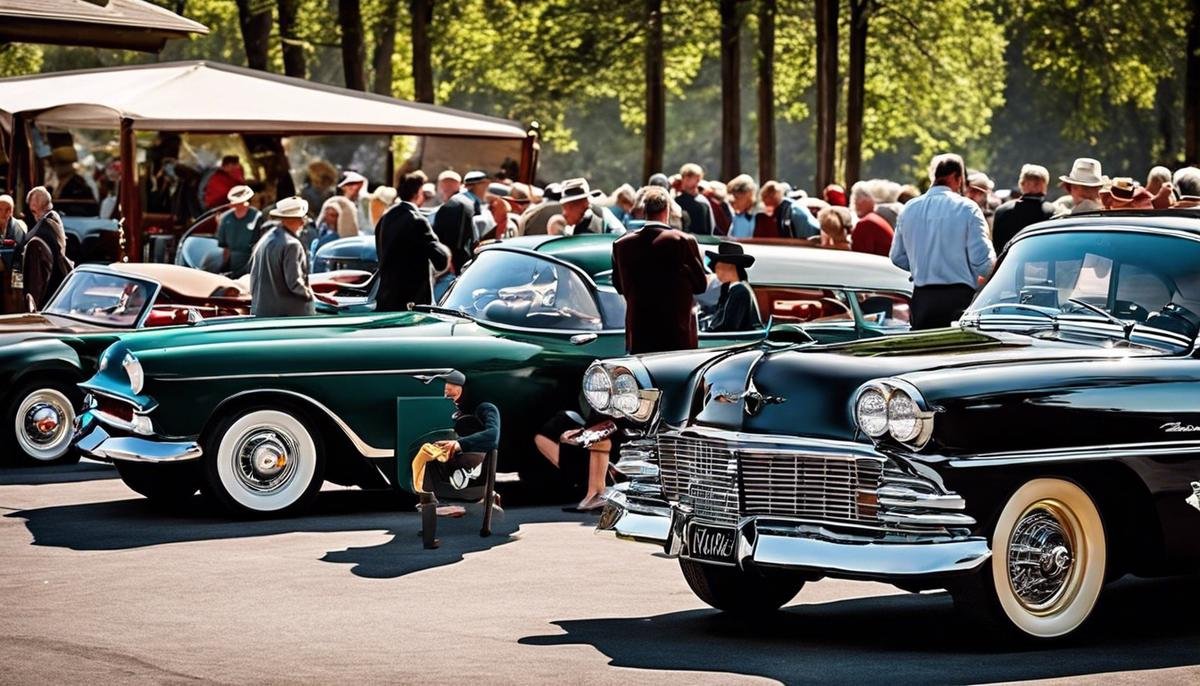
The allure of time-honored motors revving back to life captivates a diverse array of individuals and businesses. A glance into the world of old cars reveals an intricate tapestry where nostalgia meets modern-day craftsmanship. Classic car enthusiasts and collectors cherish these machines as treasured legacies, while automotive restoration and parts companies see boundless potential in their revival. On another front, used car dealers and auction houses turn the wheels of commerce, facilitating the transition from past owners to new caretakers. Meanwhile, DIY hobbyists and project seekers find in these vehicles a canvas for expression and a testament to their ingenuity. Together, they form the intricate network that keeps the pulse of automotive history beating with as much vigor as it did in its heyday.
Classic Car Enthusiasts and Collectors
Fueling Passion: The Drive Behind Classic Car Enthusiasts and Their Timeless Pursuits
The throbbing heart of the automotive world isn't found on the sleek showrooms floors of modern dealerships; rather, it lives in the dusty garages and rolling lawns of car shows where classic car enthusiasts converge. These aficionados of yesteryear's automotive marvels form a vibrant community, bound by a shared passion for preserving the history and beauty of classic cars.
Classic car enthusiasts are a diverse group, ranging from meticulous collectors to hands-on restoration hobbyists. What brings them together is their appreciation for the artistry and engineering of bygone eras. Each enthusiast has a story—a personal connection to the bold lines, roaring engines, and the nostalgia encapsulated in these wheeled wonders.
But why the pull towards these aging beauties? What motivates someone to invest time and resources into a machine that arguably belongs more in a museum than on the road? It's simple: every classic car has a story, and enthusiasts are the curators of these tales.
The thrill of the hunt is a powerful force for these hobbyists. The search for a rare make or model, one that sets their heart racing and brings back memories, or dreams of eras they've often only caught glimpses of in old movies or stories from elders, is relentless. It is this sense of discovery and the promise of a unique connection to the past that drives enthusiasts to scour classified ads, networking events, and auctions for their next automotive treasure.
Restoring a classic car is where enthusiasts truly shine. It's not just about making an old car look new again; it's a form of respect to the original craftsmanship. These restoration projects are acts of dedication, often requiring endless hours of meticulous work to bring a vehicle back to its former glory. From re-chroming an iconic bumper to painstakingly overhauling a flathead V8 engine, every task is a love letter to the era that car was born in.
The satisfaction gained from cruising in a car that they've breathed new life into is immeasurable. The waves from passersby, the smiles at stoplights, and the conversations sparked at gas stations across the country—they're all affirmations that their work honors the legacy of these mechanical masterpieces.
Driving these automotive icons is to take a step back in time, to experience the journey as it was felt in decades past. The feel of the steering wheel, the sound of the engine, the distinct smell of aged leather and oil—each sense is transported to a different age. Yet, the charm of these cars isn't just in the driving; it's also in the camaraderie found at car clubs, shows, and drives. It's in the shared knowledge at restoration workshops and the friendships forged over engine bays.
In essence, being a classic car enthusiast is a multifaceted labor of love that combines history, mechanics, art, and community. While the uninitiated may see it merely as a penchant for old and sometimes impractical vehicles, those in the know understand that these machines represent a living history, a canvas for personal expression, and above all, an eternal testament to the enduring spirit of the automobile. So, when you see a classic car rolling by, remember, it's more than just metal and rubber cruising down the road; it's a chapter of someone’s passion story, part of a legend rolling through time.

Automotive Restoration and Parts Companies
Exploring the Business of Time Travel: Why Restoration and Parts Companies Invest in Old Cars
Venturing into the heart of what fuels restoration and parts companies to purchase old cars is like peering under the hood of an automotive time machine. These companies serve as the critical lifeline for preserving automotive heritage, and behind each acquisition lies a strategic blend of foresight, expertise, and passion—a trinity that transforms rusted relics into gleaming treasures of the road.
Delving deeper, one finds that these companies are not mere custodians of nostalgia but shrewd business entities attuned to the economics of scarcity and demand. As older vehicles fall prey to time and the elements, their parts become rarer, driving up the value of surviving models and components. This rarity breeds exclusivity, and exclusivity commands a premium in the market.
Moreover, auto restoration businesses have recognized the potential for profit in the unmet needs of specific niches within the enthusiast community. By purchasing old cars, these companies are effectively mining for raw materials—original parts that can be refurbished or used as templates to manufacture authentic replicas. There's an art to crafting these parts with precision, as historical accuracy is not just a matter of honor, it's a significant selling point.
The expertise acquired over years in the industry also affords these companies an insight into choosing the right models. Some vehicles have an established pedigree that guarantees interest, making them solid investments. The key lies in knowing which cars have stood the test of time, which ones appeal to current trends, and what future collectors might seek.
Fiscal benefits aside, restoration and parts businesses play an essential role in conserving automotive history. Each project is a meticulous effort to preserve the engineering and design of a bygone era. It's this reverence for history that drives the industry forward, ensuring that classic cars don't just survive but thrive.
Through educational initiatives and collaborations, these companies often take the wheel in steering the public's interest in classic car culture. They conduct workshops, participate in car shows, and support local car clubs, perpetuating the knowledge and skills required to keep classic cars on the road for generations to come.
Ending on a high-octane note, the exchange of old cars between enthusiasts and restoration businesses isn't simply a transaction. It’s the passing of a baton, the continuation of a legacy where every purring engine is a story retold, and every polished fender mirrors the gleam of a dream made tangible. It's a testament to an industry committed not just to preservation but to the perpetuation of a romance that began over a century ago with the turn of a key in an ignition.
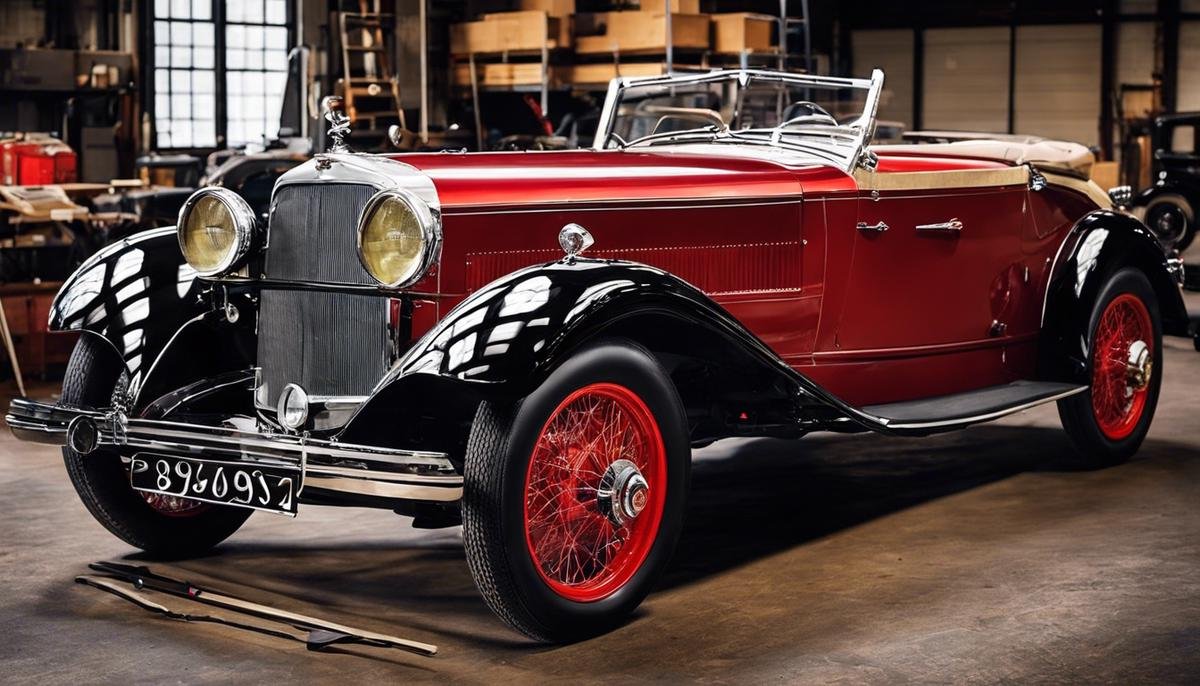
Used Car Dealers and Auctions
Diving into the nexus of classic cars, it's impossible to ignore the essential roles that used car dealers and auctions play in the old car market. These hubs of wheeling and dealing are not mere transactional spaces—they are the pulsating veins through which the lifeblood of automotive heritage flows.
Used car dealers specializing in classic cars are akin to custodians of history. They often source their inventory from a vast network of collectors and former enthusiasts looking to pass the torch. It's essential here to recognize the keen eye these dealers must have. Spotting a diamond in the rough takes knowledge, patience, and a profound understanding of what makes a car truly special.
The caliber of a dealer's inventory can range from fixer-uppers, which promise a labor of love for the new owner, to showroom-quality exemplars that can steal the breath of any who gaze upon them. These enthusiasts-turned-dealers contribute not only to the transference of ownership but also to the preservation and appreciation of automotive history.
On the other flank of the classic car market are the auctions—spectacles of competitive fervor that often capture the imaginations of a wider audience. Auctions are the theater stages where classics are showcased, and their stories championed before a live audience. The dynamic price-setting mechanic of an auction reflects real-time supply and demand, showcasing the beloved models' value while allowing fair competition among interested parties.
One cannot overlook the influence these auction events have on market trends either. The price achieved by a specific make and model under the gavel can set benchmarks, driving desirability and prices elsewhere in the market. Auction houses thus don't just sell old cars; they actively contribute to defining and redefining the worth of these timeless beauties.
Furthermore, the transparency and excitement surrounding auctions have been bolstered by digital platforms, with online auctions becoming increasingly popular. They ensure even the most remote enthusiasts can participate in the action, widening the market and preserving these metal marvels' stories for a global audience.
Within this domain, the camaraderie is often replicated as these events double up as social gatherings, where aficionados discuss nuances and swap stories of past restorations or memorable rides. This social aspect relayed through dealerships and auction events nurtures and solidifies the community's bonds.
In essence, used car dealers and auctions are not just facilitators of sales; they're active participants in the classic car ecosystem. They curate automotive stories, ensure the right fit between car and collector, and help set the stage for tales yet to be told. They sustain the classic car market's vibrancy, all the while contributing to the epic narrative of automotive history now and for future generations to admire.

DIY Hobbyists and Project Seekers
Steering Into Niche Restoration: The DIY Hobbyist's Love for Uncommon Classic Cars
There exists a profound allure in uncovering those diamond-in-the-rough classic cars that haven't quite made it into every collector's garage yet—the uncelebrated gems that beckon with a unique history and distinct character. These overlooked marvels present DIY hobbyists with an opportunity to blaze trails off the well-trodden path of popular models, embarking on restoration projects that truly stand out at car shows and local meetups.
By tapping into these less common classics, enthusiasts can find bargains that might escape the fierce competition and inflated prices accompanying more sought-after makes. Akin to adopting uncharted territory, this facet of classic car collection allows individuals to make a definitive mark in a niche sector of the restoration community, potentially setting trends and expanding the appreciation for underrepresented car eras and styles.
Learning Curve and Skill Advancement
Restoring an unheralded vehicle often means facing a steeper learning curve and contending with harder-to-find parts. While this might deter some, it invigorates the resourceful hobbyist. It's this very challenge that cultivates a deeper understanding of automotive engineering and historical context. Adventurous restorers invariably add to a collective bank of knowledge, providing feedback and solutions to other enthusiasts who may follow in their footsteps. These forays into the esoteric corners of car restoration furnish the community with invaluable insights and broaden the scope of shared expertise.
Personalized Projects and Creative Expression
Tackling these unique restoration projects lends itself to greater freedom of expression. With less scrutiny and fewer template restorations to reference or rival, an enthusiast has more latitude to inject personal style into a vehicle. It's about bending the rules without fear of judgment, and it accounts for why projects range from faithful historical reconstructions to boundary-pushing resto-mods–melding vintage aesthetics with modern technology.
The Thrill of Discovery and Documentation
Part of the journey is also documenting the discovery and revival of these singular cars. From blog posts to video chronicles, DIY restorers are keen on sharing each hurdle and triumph, contributing to a narrative often spiced with personal anecdotes and rich historical detail. There's a thrill in chronicling a car's odyssey from obscurity to renaissance, through stages of restoration, and eventually, to the reverence it commands on the tarmac.
Social Responsibility and Legacy Building
At its heart, purchasing old cars for projects goes beyond personal fulfillment. It's handling the torch of automotive legacy. By venturing into less obvious territory, DIY enthusiasts ensure that the stories of lesser-known models continue to be told. Each completed project is another chapter added to the annals of automotive history, a confirmation that each car, regardless of its fame or initial commercial success, played a role in the vast and intricate tapestry of auto evolution.
True, these projects can often be about grit and tenacity, about dirty hands and late nights in the garage. But the true driver is the love for that moment when the engine first roars back to life after years of silence, for the chance to become an integral part of a car's story, and for the joy of driving a piece of history that one has fully, and personally, revived.
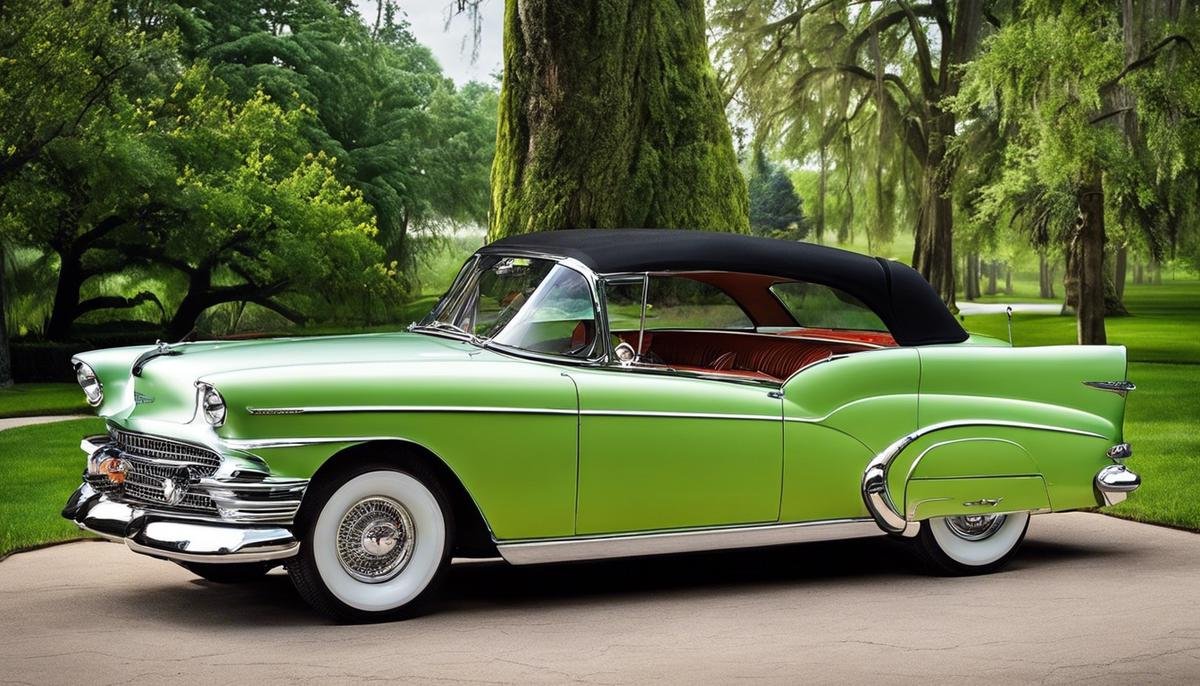
The shared journey through the realm of old cars is a testament to the timelessness of the automotive spirit. It's a world where memories are polished to a shine, and the roar of engines from bygone eras is a beckoning call to those who hold history in high esteem. Classic cars remain not merely as relics but as living, breathing machines that carry stories through the decades. They move us — sometimes literally, always figuratively — towards a future where the past is not forgotten but celebrated in every restored body and preserved engine. This perpetual cycle of discovery, revival, and admiration ensures that the legacy of these timeless treasures continues to accelerate forward, fueled by the passion and dedication of all who believe in the enduring soul of the automobile.
Image Source: https://writio.com/

